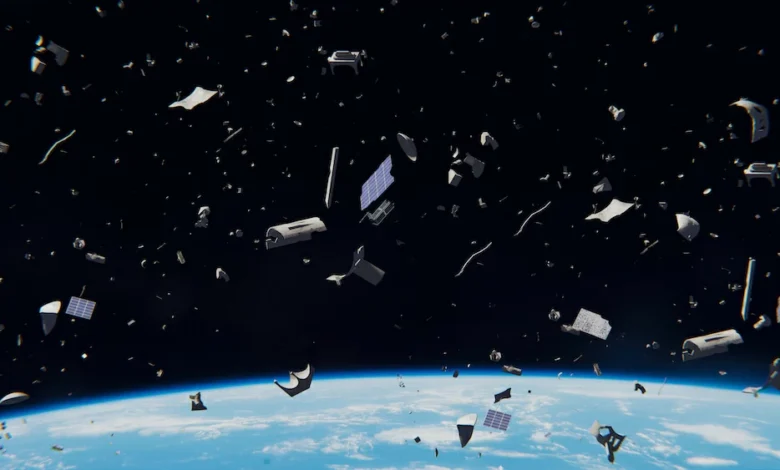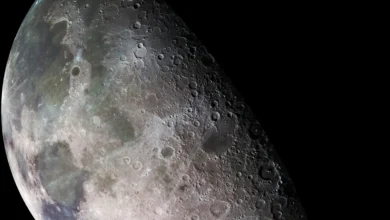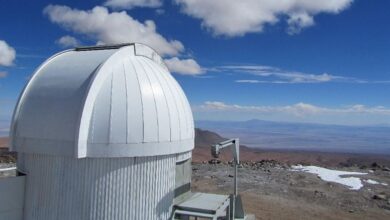Space Cleanup: Sci-Fi inspires real-life ‘tractor beam’ to tackle orbital debris
The tractor beam concept relies on the principle of attraction between two objects, one positively charged and the other negatively charged.

Space junk, also known as orbital debris, poses a significant threat to space missions and satellite launches. As the commercial space industry continues to grow, the number of satellites in Earth’s orbit is expected to increase substantially. However, many of these satellites will eventually wear out, adding to the growing collection of space debris that already surrounds our planet.
In the event of a satellite launch, there is a real risk of these space vehicles colliding with the clutter of debris in Earth’s orbit. This not only endangers the success of space missions but also the safety of astronauts and the functionality of vital services like communications, weather monitoring, and Global Positioning System (GPS).
Furthermore, as junk accumulates, there’s a growing danger of collisions and clutter in the orbits used by human and satellites. These collisions can potentially lead to catastrophic outcomes, making it imperative to address this issue.
Space debris can also re-enter the Earth’s atmosphere, creating the risk of pollution. When debris falls back to Earth, it may burn up in the atmosphere, but it can also release metals that pollute the air, obscuring our view of the cosmos and posing potential environmental concerns.
Given the rising stakes in space exploration, it’s essential to find innovative solutions to tackle the issue of space junk and ensure the safety and sustainability of activities in outer space.
The Development of a High-Intensity Tractor Beam
To address the problem of junk, scientists are actively working on developing a real-life “tractor beam” technology, often referred to as the “electrostatic tractor.” This concept is inspired by sci-fi scenes where protagonists are saved by powerful entities at the last minute. However, in this case, the technology aims to nudge dangerous debris out of Earth’s orbit.
The electrostatic tractor beam idea was conceived by Hanspeter Schaub, an aerospace engineering professor at CU Boulder. His inspiration came from a significant satellite collision in 2009, when an active communications satellite, Iridium 33, collided with the defunct Russian military Kosmos 2251. This collision highlighted the need for a solution to remove debris.
The tractor beam concept relies on the principle of attraction between two objects, one positively charged and the other negatively charged. This electrostatic attraction allows the objects to “stick” together, and it can be used to pull defunct satellites out of harm’s way and release them into to drift indefinitely.
While the science behind the concept is promising, there are significant financial challenges. The development of a prototype alone could cost millions of dollars, and a full-scale operational version would require even more substantial funding.
The Current State of Space Junk
As of July 2023, Earth’s orbit is home to over 23,000 orbital objects with sizes of 10 cm and above. Additionally, there are approximately half a million objects sized between 1 and 10 cm and more than 100 million objects larger than 1mm. These figures underscore the magnitude of the junk problem and the urgency of finding effective solutions to address it.
The increasing density of debris in Earth’s orbit poses a direct threat to ongoing and future space missions, as well as the operation of satellites providing essential services. Without intervention, the risk of collisions and the resulting clutter in orbital paths will continue to grow.
You might also be intersted in – Study says sub-orbital flights may take you anywhere on the planet in 2 hours



